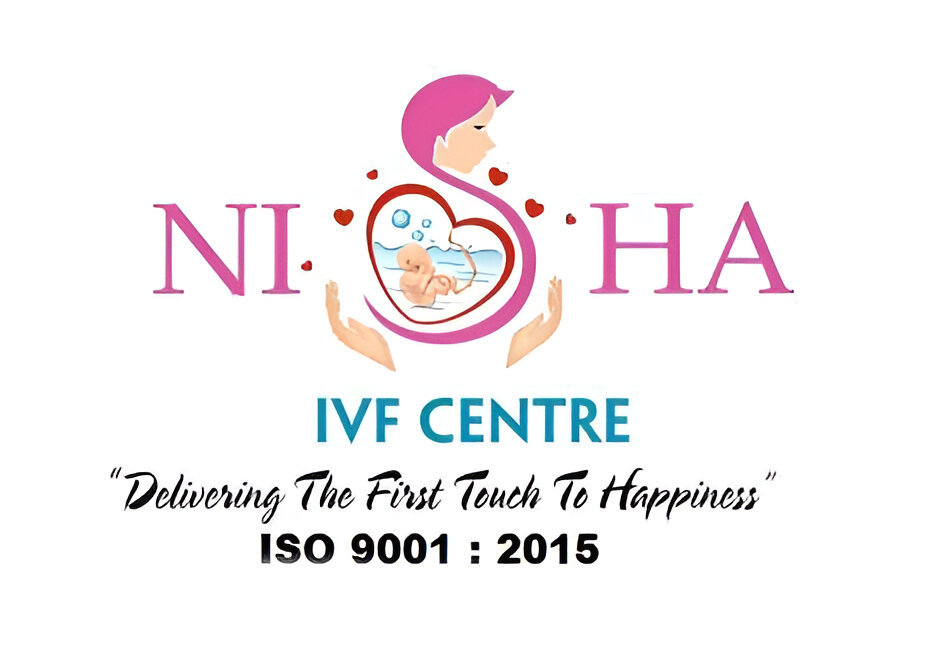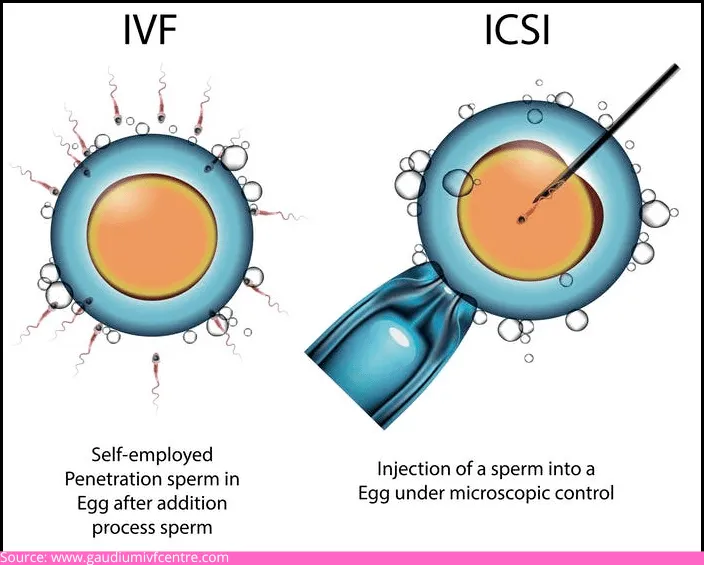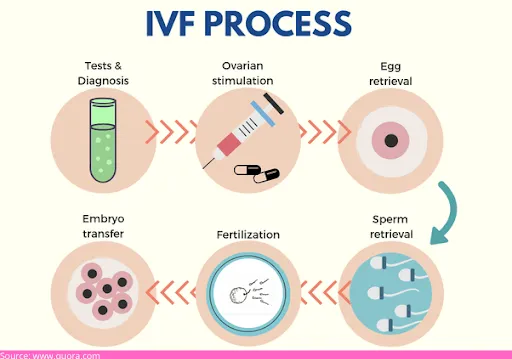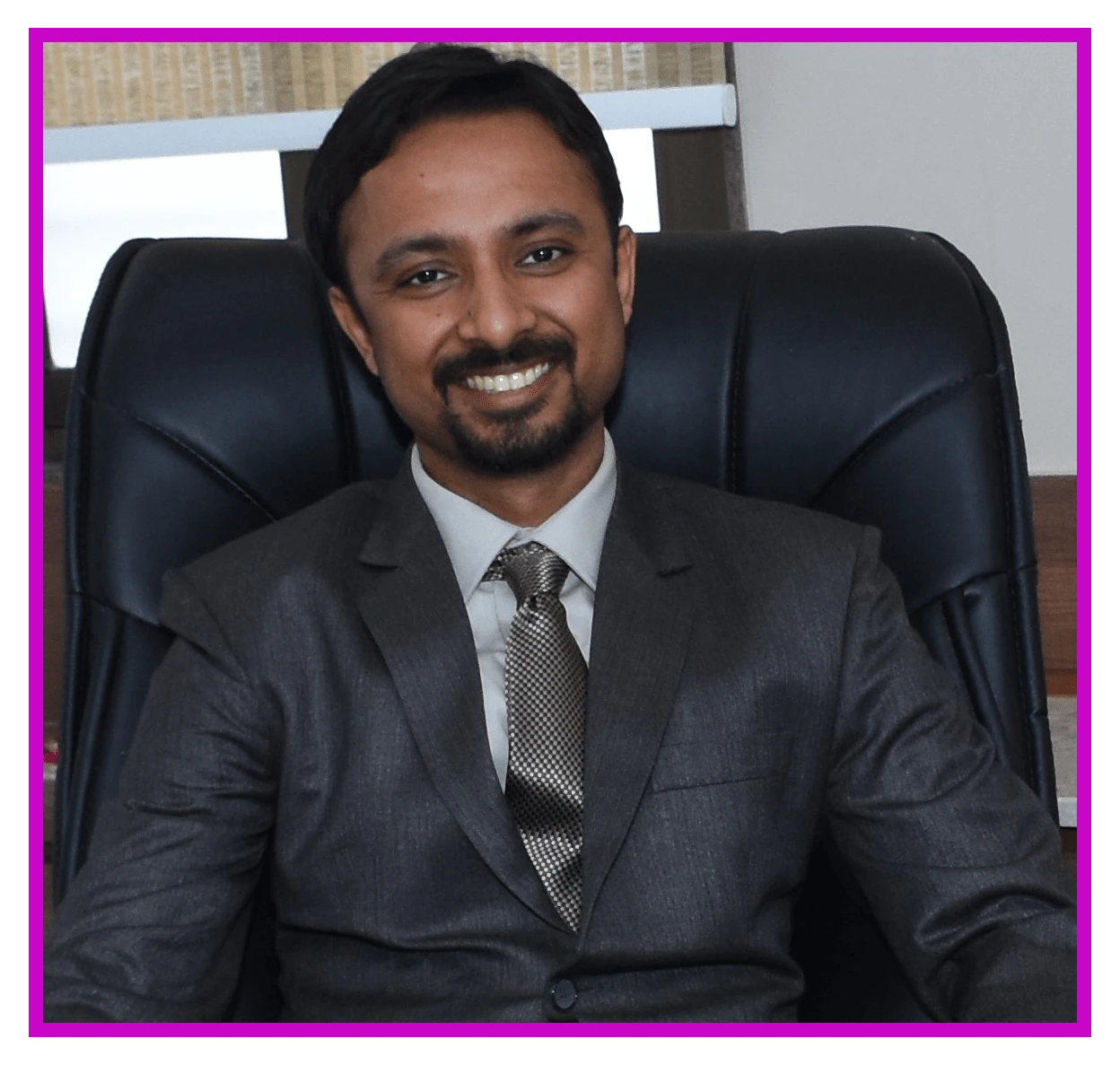Being a parent signifies the fulfillment of many people’s ambitions and dreams. They enjoy holding, cuddling, smelling, and observing their child. And it can be pretty disheartening when your attempts to conceive are repeatedly unsuccessful.
IVF is often used when other fertility treatments have failed, when there is a problem with the fallopian tubes, or when the man has a low sperm count.
If you are experiencing a similar difficulty, please seek advice from Dr. Nisarg Patel, one of the founders of the Nisha IVF Centre, a state-of-the-art IVF hospital in Ahmedabad.
The well-known IVF specialist Dr. Nisarg Patel and his highly-skilled team have helped over 450 couples taste parenthood’s happiness.
So do not worry; there are various treatments to treat infertility.
What are the various infertility treatment options?
The most common IVF treatments available today are:
Intravascular insemination (IUI)
IUI entails injecting ready sperm right into a woman’s womb. In this process, the highest grade sperm is taken from the man through a clinical procedure. The surgery is carried out while the lady is ovulating, and she needs to be constantly watched. Otherwise, fertilization will not be possible.
Intracytoplasmic sperm injection (ICSI)
ICSI is a specialized fertility procedure performed in addition to standard IVF. It is used to treat severe cases of male infertility, such as a low sperm count or when the sperm is of poor quality.
During ICSI, the egg is first held in place by a suction pipette. A very fine needle is inserted into the egg, and a single sperm is injected directly into the egg.
In vitro fertilization (IVF)
IVF is a fertility procedure which entails retrieving eggs from a woman’s ovaries and fertilizing them with a man’s sperm in a laboratory. The resulting embryos are then transferred to the woman’s uterus, where they implant and grow.
IVF is often considered the most effective type of ART (assisted reproductive technology).
When is IVF done?
The IVF procedure is used to treat infertility. It can be a great option if you are over 40. Additionally, you may want to do it in the case of health issues like:
- Blockage or injury to the fallopian tube
- Ovulation problems
- Endometriosis
- Uterine fibroids
- Tubal removal or sterilization in the past
- Reduced sperm count or function
- Unexplained infertility
- A genetic condition
- To preserve fertility in the case of cancer or other illness.
How does IVF work?
IVF involves 5 main steps:
Ovulation induction
The first step of IVF is ovulation induction by stimulating the ovaries to produce multiple eggs. This is done with injectable hormones, typically gonadotropins. These follicle-stimulating medications are to be taken daily for about 2 weeks.
Dr. Nisarg Patel, often regarded as the best IVF doctor in Ahmedabad, explains that the hormones work by causing the ovaries to produce more follicles, which are fluid-filled sacs containing an egg. The follicles grow under the influence of the hormones and eventually mature and release their eggs.
Retrieving the eggs
Once the follicles have grown to a specific size, your eggs will be ready to be retrieved. This is done through a minor surgical procedure called transvaginal ultrasound aspiration.
You will be sedated to avoid any pain or discomfort. In this procedure, a small needle is inserted into the vagina and guided to the ovaries. The eggs are then suctioned out of the follicles and collected in a sterile dish.
Collecting the sperms
On the day of fertilization, the male partner donates a sample of his semen. The sperm can be removed surgically from the testicle, if necessary, using techniques like called TESA (Testicular Sperm Aspiration), PESA (Percutaneous Epididymal Sperm Aspiration), or TESE (Testicular sperm extraction).
Surgical removal of sperms may be helpful for men who experience infertility issues because of a blockage that prevents sperm from ejaculating. A prior vasectomy, specific genetic disorders, ejaculatory issues, infections, or other conditions can cause such blockages.
The sperm or semen is then transferred to a lab for additional processing.
Fertilizing the eggs
The next step is to fertilize your eggs with sperm. This is done by adding the sperm to the dish containing the eggs and allowing them to fertilize the eggs.
Once the eggs have been fertilized into embryos, they start developing quickly. The embryos reach the blastocyst stage about 5 – 6 days after fertilization.
Transferring the embryos
The final step is to transfer the embryos to the uterus. This is done using a small catheter inserted through the cervix and into the uterus.
The embryos are then slowly injected into the uterus through the catheter. The entire procedure takes about 15 minutes.
The eminent IVF specialist, Dr. Nisarg Patel, suggests blastocyst culture for people with multiple IVF cycle failures.
Are there any risks associated with IVF?
There are a few risks associated with IVF, such as ovarian hyperstimulation syndrome, multiple births, and premature delivery.
- Ovarian hyperstimulation syndrome (OHSS) is a condition that can occur when the ovaries are stimulated with hormones. OHSS can cause nausea, vomiting, abdominal pain, and shortness of breath. In severe cases, it can be life-threatening.
- Multiple births occur in about 30% of all IVF pregnancies. While twins are the most common, higher-order multiples (triplets, quadruplets, etc.) can also occur.
- Multiple births are associated with an increased risk of premature delivery, low birth weight, and other complications.
- Premature delivery is another risk associated with IVF. Babies born before 37 weeks are considered premature. Premature babies are at an increased risk of complications, such as respiratory distress syndrome and cerebral palsy.
Dr. Nisarg Patel, an accomplished infertility specialist, says blastocyst culture is a great way to avoid multiple pregnancies. Blastocyst culture involves transferring the best quality single embryo for implantation to eliminate the risk of having multiple pregnancies.
What are the success rates of IVF?
The success rates of IVF vary depending on several factors, such as the woman’s age, the cause of infertility, and the quality of the embryos.
In general, the success rates of IVF are about 40% for women under 35 and decrease to about 20% for women over 40.
The highly-experienced Dr. Nisarg Patel says that if you are planning on delaying parenthood, you can opt for cryopreservation, where biological material is frozen at extremely low temperatures to be thawed and used when you are ready for a baby.
Conclusion
Parenthood means knowing the immense worth of understanding your children as individuals and then inspiring and educating them to be the best possible version of themselves. Having a child together may also cause a couple to sense their love for one another and their child grow stronger.
To provide an excellent example for your children, support them through all their accomplishments, show them the depth of unfailing love, and treasure innumerable memories are priceless.
If you are unable to conceive, you may feel like you are missing out the most beautiful treasure in life.
If you have tried repeatedly and failed to get pregnant, do not despair. Please contact Dr. Nisarg Patel, among the preferred IVF specialists for people seeking IVF treatment in Ahmedabad, Gujarat.






